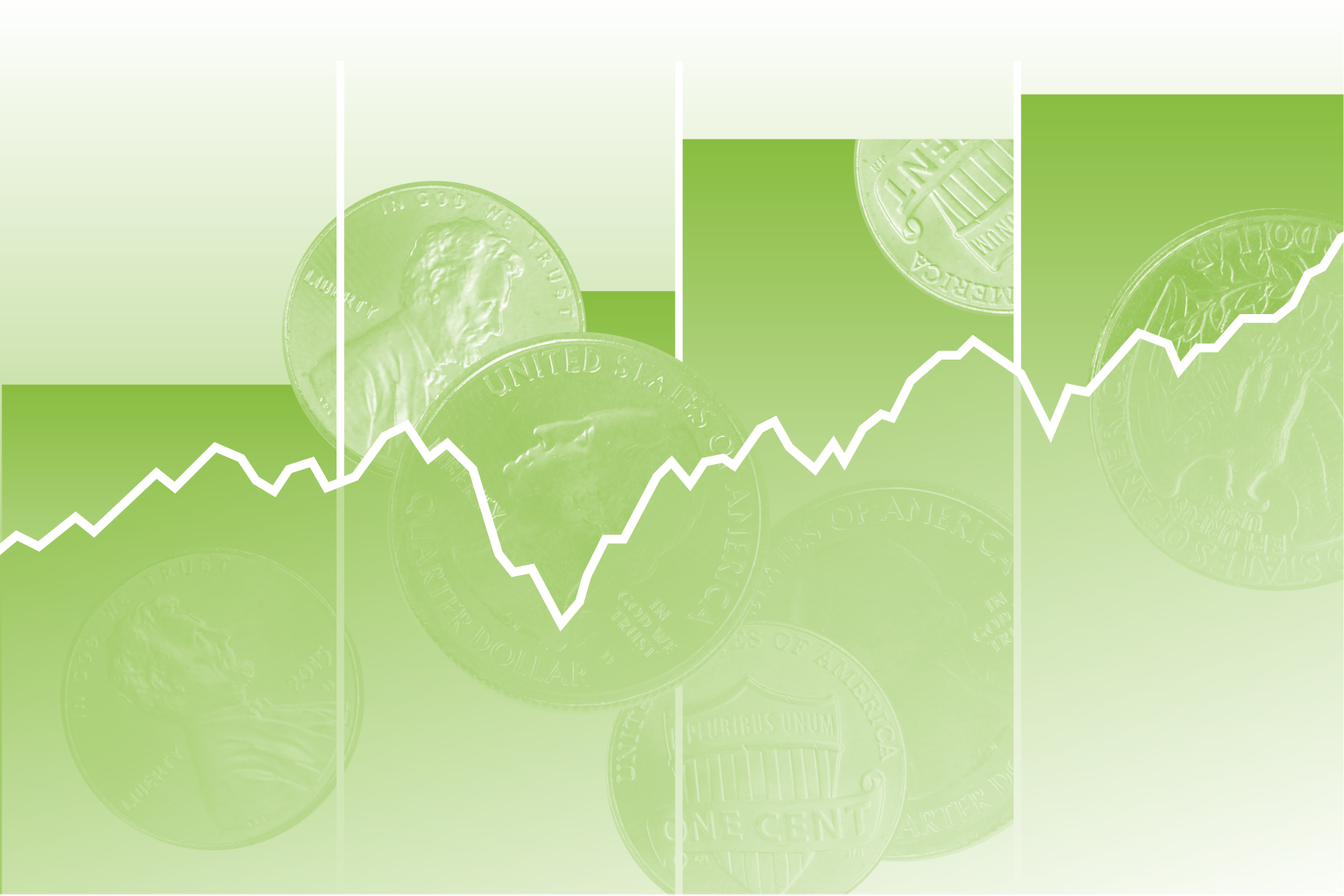Which Dividend Investing Strategies Are Outperforming?
High income plus high quality has made for a down-market cushion with these exchange-traded funds.

Dividend investing strategies of all kinds have held up well this year, helping investors fight off headwinds as the broader equity market falls into bear territory.
Yet the degree of outperformance has varied widely depending on the specific approach. The dividend investing strategies that have shone most brightly are those that hunt for dividend-paying companies that combine healthy balance sheets with hefty yields.
That can be seen in returns on exchange-traded funds such as WisdomTree US High Dividend ETF DHS and Vanguard High Dividend Yield ETF VYM.
More broadly, the Morningstar Dividend Leaders Index, a collection of the 100 highest-yielding stocks with a consistent history of paying their dividends plus a demonstrated ability to sustain their dividends going forward, is up 1.08% for the year as of June 14, while the Morningstar US Market Index has fallen 22.3%.
The dividend leaders group has outperformed other key dividend investing strategies. The Morningstar US High Dividend Yield Index—a group of the highest-yielding dividend payers, without a screen for quality—is down 8.5% for the year. And the Morningstar US Dividend Growth Index—a collection of stocks with a history of increasing their dividends steadily over several years, plus a healthy margin to continue growing those dividends—has fallen 15.2% for the year, behind the other dividend investing strategies but still ahead of the broader market.

The High-Yield, High-Quality Difference
The Morningstar Dividend Leaders Index and ETFs that invest in these types of dividend stocks have been buoyed in part by the strong financial positions of their holdings—but sizable exposure to the energy sector has helped performance this year, too.
“It’s a perfect concoction of sound quality exposure, extra exposure to energy, and very little exposure to tech,” says Ryan Jackson, manager research analyst for passive strategies at Morningstar. “These strategies check all the boxes for surviving the particular kind of bear market we’re in now: high inflation, high oil prices, and rising interest rates.”
In fact, financial stability may become even more important if a recession hits.
“Strategies with the quality focus are seeking profitable firms in position to sustain their dividends over many years, and slashing the companies that are paying dividends today but may not have the wherewithal to keep paying them in the future,” Jackson says. “They’re explicitly looking for clean balance sheets and strong profits: the kinds of things that put them in a position to keep the dividends flowing.”
These high-yield dividend-stock ETFs that include financial quality screens in their selection process have earned Morningstar Analyst Ratings of Bronze or better:

“The quality factor hasn’t shined this year in isolation,” Jackson notes. “But added on top of high yield, it’s generally steering investors to more robust companies.”
The Bronze-rated WisdomTree US High Dividend ETF is up 2.1% this year. Silver-rated ETFs Vanguard High Dividend Yield, Fidelity High Dividend ETF FDVV, and SPDR Russell 1000 Yield Focus ETF ONEY have each fallen about 8% for the year, faring much better than the broader market.
Energy Sector Exposure
“Largely, the fate of dividend funds has come down to their sector exposures,” Jackson says. “Energy stocks have blown all the other sectors out of the water. Those tend to be much more prominent in dividend and value portfolios.”
The Morningstar Dividend Leaders Index carries 11.9% exposure to the energy sector, more than double what's in the Morningstar US Market Index. The Morningstar High Dividend Yield Index, as well as the Morningstar Dividend Composite—a broad base of U.S. dividend-paying companies with a minimum quality screen—have also benefited from above-market exposures to the energy sector. The Morningstar US Energy Index has gained 51.6% for the year to date as of June 14, while all other sector indexes are fully in the red.
“Dividend growth strategies haven’t done as well this year, broadly speaking, because they tend to carry higher weights in technology stocks,” Jackson says. Dividend growth strategies seek companies that have been increasing the size of their dividend payouts per share, and those kinds of companies can often come from the high-flying, fast-growing technology sector. The Morningstar US Dividend Growth Index carries a 17.7% stake in technology stocks by weight, about twice as much as what’s in the Dividend Leaders index.

Long-Term Risk and Reward
Jackson says that, prior to this year, most strategies that featured high-yield companies with strong balance sheets had not done as well. “Even with the element of high quality, these are still deep-value strategies, for the most part,” he says. “They’re likely to have a hard time keeping up when growth is outperforming.”
Over the past five years, the Morningstar Dividend Leaders Index gained 55.8% and the Morningstar US High Dividend Yield Index rose 51.2%, coming up short compared with the Morningstar US Dividend Growth Index’s gains of 67.6% and US Market gains of 63.4%.

Disclosure: Morningstar, Inc. licenses indexes to financial institutions as the tracking indexes for investable products, such as exchange-traded funds, sponsored by the financial institution. The license fee for such use is paid by the sponsoring financial institution based mainly on the total assets of the investable product. Please click here for a list of investable products that track or have tracked a Morningstar index. Neither Morningstar, Inc. nor its investment management division markets, sells, or makes any representations regarding the advisability of investing in any investable product that tracks a Morningstar index.

/s3.amazonaws.com/arc-authors/morningstar/ba63f047-a5cf-49a2-aa38-61ba5ba0cc9e.jpg)
/cloudfront-us-east-1.images.arcpublishing.com/morningstar/MFL6LHZXFVFYFOAVQBMECBG6RM.png)
/cloudfront-us-east-1.images.arcpublishing.com/morningstar/HCVXKY35QNVZ4AHAWI2N4JWONA.png)
/cloudfront-us-east-1.images.arcpublishing.com/morningstar/EGA35LGTJFBVTDK3OCMQCHW7XQ.png)
:quality(80)/s3.amazonaws.com/arc-authors/morningstar/ba63f047-a5cf-49a2-aa38-61ba5ba0cc9e.jpg)